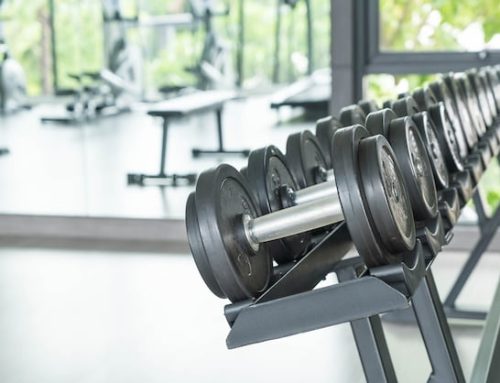The Aging Process and Muscle Mass in Men
As men age, they start to notice a decline in their muscle mass. This is often referred to as sarcopenia, which is the gradual loss of muscle tissue as a natural part of the aging process. The decline in muscle mass typically begins in the thirties and can accelerate as men enter their sixties and seventies. However, at what age do men stop producing muscle?
The Causes of Muscle Loss in Men
The causes of muscle loss in men are multiple, and the aging process is a significant factor. Hormonal changes, such as decreased testosterone levels, play an essential role in the loss of muscle mass. Additionally, a sedentary lifestyle, poor diet, and chronic illness can also contribute to muscle loss. As men get older, they may find it harder to maintain their strength and muscle mass, even with regular exercise and a healthy diet.
The Importance of Muscle Mass in Men
Muscle mass plays a crucial role in men’s health and well-being. It provides strength, mobility, and balance, allowing men to perform daily activities with ease. Additionally, muscle mass is essential for maintaining healthy metabolism, as muscle tissue burns more calories than fat tissue. It also helps in managing chronic illnesses such as diabetes, obesity, and heart disease.
The Impact of Age on Muscle Mass Production
Studies show that men begin to lose muscle mass in their thirties, and the decline accelerates as they enter their sixties and seventies. As men age, the body’s ability to produce muscle mass decreases, and muscle density decreases. The decline in muscle mass can lead to muscle weakness, reduced mobility, and an increased risk of falls and fractures.
Maintaining Muscle Mass in Men
While it’s impossible to prevent the natural decline in muscle mass, men can take steps to maintain their muscle mass as they age. Regular exercise, including strength training, can help preserve muscle mass and strength. A well-balanced diet rich in protein, vitamins, and minerals can also help maintain muscle mass. Additionally, managing chronic illnesses and maintaining a healthy weight can also help preserve muscle mass in men.
How to Determine Muscle Mass Production in Men
There are several ways to determine muscle mass production in men. One common method is through dual-energy x-ray absorptiometry (DXA), which measures bone density and body composition. Another method is through bioelectrical impedance analysis (BIA), which measures the body’s resistance to electrical signals to estimate muscle, water, and fat content.
Conclusion
At what age do men stop producing muscle? While the natural decline in muscle mass begins in the thirties, men can take steps to maintain their muscle mass as they age. Regular exercise, a well-balanced diet, and managing chronic illnesses are essential for preserving muscle mass and strength. By taking these steps, men can maintain their mobility, reduce the risk of falls and fractures, and enjoy a healthier, happier life.
| Age (in years) | Percentage of Muscle Mass |
|---|---|
| 30-39 | 50% |
| 40-49 | 45% |
| 50-59 | 40% |
| 60-69 | 35% |
| 70-79 | 30% |






